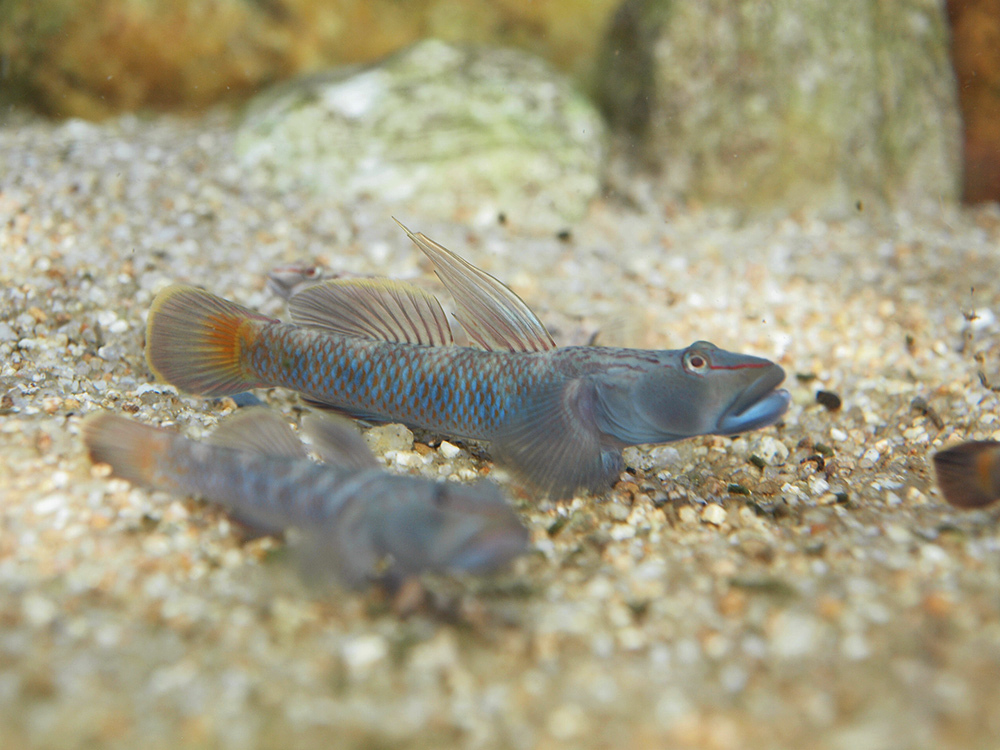
Rhinogobius 'brunneus' is a complex of many morphologically similar cryptic species native to northeastern Asia freshwaters, estuaries and coastal waters, from the Amur River to Vietnam and Philippines' At least 10 color forms are known from Japan and at least 8 from Taiwan (Chen and Shao 1998). These forms vary in color, fine details of morphology, preferred habitats, even in the same stream, and in life history. Some species of the complex are stream residents, while others are catadromous, or amphidromous (spawning just above the head of tide, with larval development in estuaries).. Specimens of an Amur Goby were first collected in North America in the East Fork of the Lewis River, Washington in 2004. Amur Gobies have been caught in the Sandy (Oregon) and Lewis Rivers, and in the mainstem and wetlands of the Columbia River estuary near Portland. (Global Invasive Species Team 2004; Olden Laboratory 2013; USGS Nonindigenous Aquatic Species Program 2018). Records range from Westport Slough, Oregon, about 60 km from the mouth) to Duncan Spring Channel, near Washougal, Washington, ~195 km from the mouth. Not much is known of the biology or impacts of Rhinogobius spp. in the Columbia River. Ballast water is the likeliest mechanism of introduction, although these fishes show up occasionally in the aquarium trade.